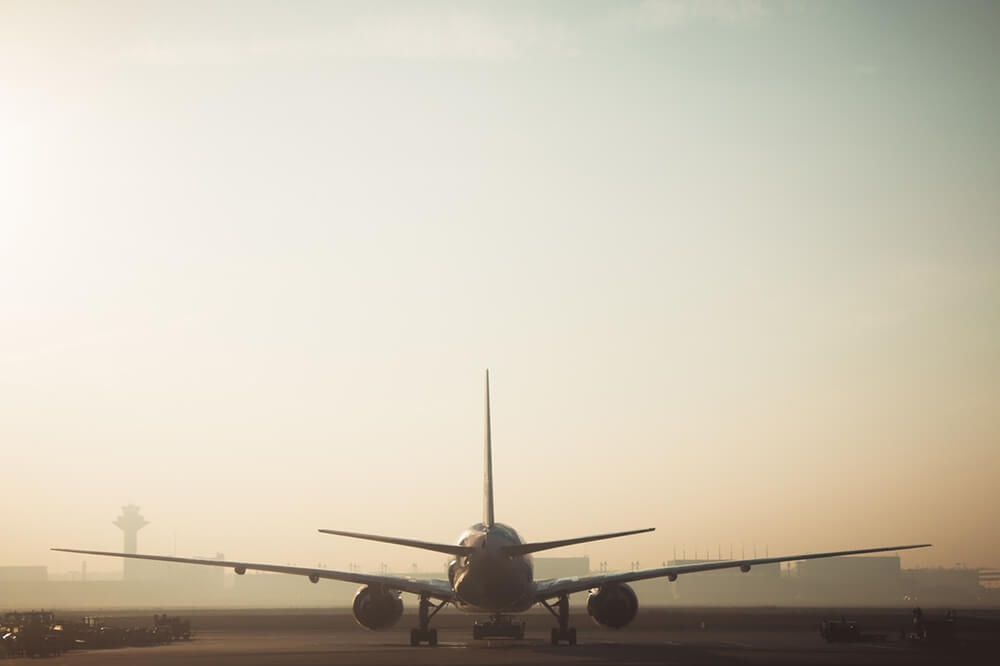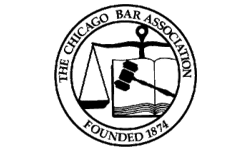When Do Most Airline Accidents Occur?
Flying is generally the fastest and most efficient form of travel. Statistics also show that it is the safest mode of transportation. Unfortunately, like any other modes of transportation, accidents are possible.
According to data from the National Highway Traffic Safety Administration, in 2015 there were 32,166 fatal motor vehicle accidents that led to just over 35,000 deaths. Calculated out, that is about 1.13 fatalities per 100 million miles traveled by vehicle. Put another way, 11 people for every 100,000 United States Residents.
In 2015, statistics by the National Transportation Safety Board showed a total of 27 total accidents – none of which were fatal. Of the crashes that occurred, just .155 occurred for every 100,000 flight hours.
Despite the low odds of an air crash disaster, there’s still the possibility for an accident.
While an accident can happen during any phase of a flight, there are certain times during travel that an airplane is more likely to get into an accident. The most likely time of a crash is during takeoff or a landing. When pilots and flight crews are aware of these dangers and how to combat possible issues and hazards the chances of an accident decrease.
The Phases of Flight
A typical flight takes place in eight phases. Passengers are only present for six of the phases. More phases are needed in the event a plane is flying at low altitudes or experiences complications in the air. More information on the phases of flight can be found from the National Transportation Safety Board.
- Standing. At this phase, the aircraft is stationary. The engines are started and shutdown.
- Pushback/Towing. At this point, the aircraft is moved with the assistance of a tow vehicle. Once again, the engine is started and shut down.
- Taxi. During the taxi phase, the aircraft is moving on the areodome surface under its own power prior to takeoff or landing. This includes the approach to the gate from the runway after landing as well as the approach once disengaged from the pushback/Towing to the takeoff position.
- Takeoff. Takeoff includes the time from the application of takeoff power through rotation to an altitude 35 feet above runway elevation.
- Initial Climb. The initial climb takes place from the end of the Takeoff to the first prescribed power reduction, or until reaching 1,000 feet above runway elevation or the visual flight rules (VFR) pattern, whichever comes first.
- En Route. This is when the aircraft is in the air and flying to its destination. Under Instrument Flight Rules (IFR) this is from the completion of the Initial Climb through cruise altitude and completion of controlled descent to the Initial Approach Fix (IAF). Under Visual Flight Rules (VFR) this is from completion of the Initial Climb through cruise and controlled descent to the VFR pattern altitude or 1,000 above runway elevation, whichever comes first. There are a number of sub-phases in this phase, including: Cruise to Climb; Cruise; Change of Cruise Level; Descent; and Holding.
- Approach. This is when the pilots prepare to land the plane. Under Instrument Flight Rules (IFR) this is from the Initial Approach Fix (IAF) to the beginning of the landing flare. Under Visual Flight Rules, this is from the point of VFR pattern entry, or 1,000 feet above runway elevation to the beginning of the landing flare.
- Landing. Once the landing flare begins, the airplane descends and exits the landing runway. Landing doesn’t officially end until the aircraft exits the landing runway, comes to a stop, or when power is applied for takeoff in the event of a touch-and-go-landing.
Why Takeoffs and Landings Are Dangerous
According to an in-depth analysis by Boeing that examined commercial airplane accident from 1959 to 2017, crashes are more likely to happen during takeoff and landing. From 2007 to 2016, nearly 50 percent of all fatal accidents occurred during descent and landing. Takeoff and the initial climb accounted for 13 percent of the fatal crashes.
It’s estimated that 80 percent of all plane crashes happen within the first three minutes of takeoff or in the last eight minutes prior to landing. This is because during these phases the airplane is close to the ground. This makes it more vulnerable because there is less time to recover from a mistake, and the aircraft does not have all of its capabilities until it’s in the air and en route to its destination.
Only 10 percent of accidents occur while cruising. This is because this is the longest operational phase, and if an error occurs, there is time and the ability to take corrective action. When accidents do occur at this stage, they’re likely to be more dangerous for passengers. Like the en route phase, the taxi phase only attributes to 10 percent of accidents.
Sterile Cockpit Violations
One of the contributing factors to accidents that happens during takeoff and landing is distracted or inattentive pilots. When a pilot or member of the flight crew is distracted by conversations or other matters, they’re not focused on what the airplane is doing and what they’re supposed to be doing.
After a number of accidents were found to be caused by distracted flight crews, the Federal Aviation Administration (FAA) implemented the sterile cockpit rule. This regulation requires pilots and all flight crew members to refrain from nonessential activities during critical phases of flight below 10,000 feet. This rule was implemented in 1981. Even with the rule, accident still happen when pilots are distracted from the task at hand while the plane is taking off, climbing, descending or landing.
Our aviation lawyers represent clients who have been involved airline crashes, and work tirelessly to ensure they receive full compensation and get answers. It can be overwhelming to think about going up against an airline or an airplane manufacturer, but it’s important to remember that the negligent party needs to be held accountable for their egregious errors, so no one else is put through a similar situation.
To learn more about our practice and how we can help, contact us today.











